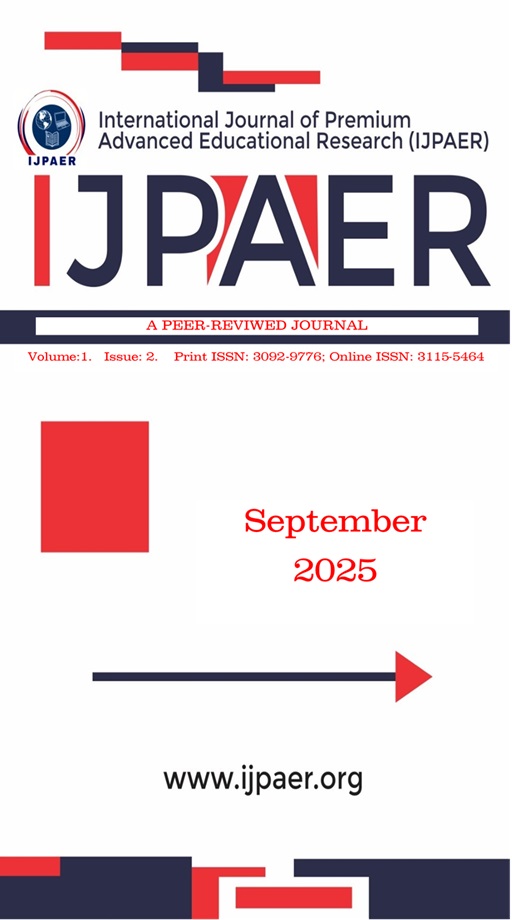PRINCIPALS’ WORK AUTONOMY AND SAFETY STANDARDS AS PREDICTORS OF TEACHERS’ JOB SATISFACTION IN PUBLIC SECONDARY SCHOOLS IN ANAMBRA STATE, NIGERIA
Keywords:
Safety, Teachers, Job Satisfaction, Work Autonomy, PrincipalsAbstract
The study investigated principals’ work autonomy and safety standards as predictors of teachers’ job satisfaction in public secondary schools in Anambra State. Two research questions guided the study and two null hypotheses were tested at the 0.05 level of significance. A correlational research design was adopted for the study. The population of the study comprised 7,027 teachers from the 267 public secondary schools in Anambra State. The sample for this study comprised 703 teachers, selected using a proportionate stratified random sampling technique. The researcher developed instruments, namely “Principals’ Work Autonomy and Safety Standard Questionnaire (PWASSQ) and Teachers’ Job Satisfaction Scale (TJSS)’’ were used for data collection. The face validation of the instruments was determined by three experts, of which two were from the Department of Educational Management and Policy, and one was in the Measurement and Evaluation Unit in the Department of Educational Foundations, all from the Faculty of Education, Nnamdi Azikiwe University, Awka. Cronbach's alpha method was used to determine the internal consistency of the instruments, yielding reliability coefficients of 0.79 and 0.81 for the two Clusters of PWASSQ, and 0.81 for TJSS. The researchers, together with four research assistants, collected data for the study using the direct approach, and a 98% return was recorded. Simple regression was used to answer the research questions and test hypotheses. The study's findings revealed that work autonomy and safety standards are strong and significant predictors of teachers’ job satisfaction in public secondary schools in Anambra State. Based on the findings, it was recommended, among others, that principals grant teachers work autonomy to enable them to exercise personal control over their duties and improve their job satisfaction.

